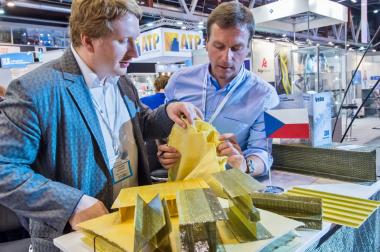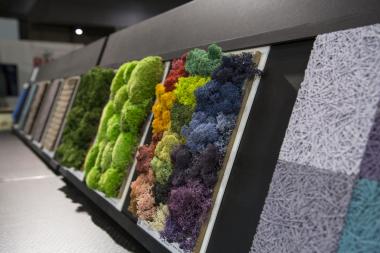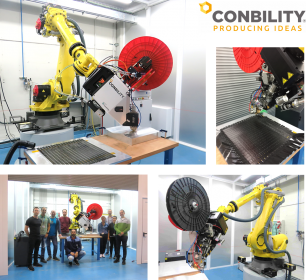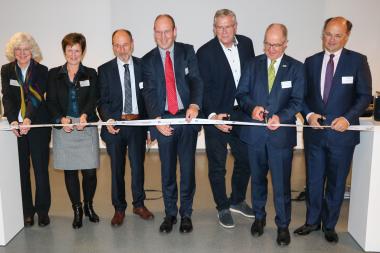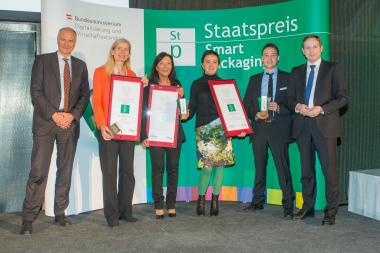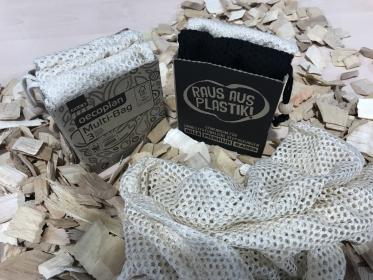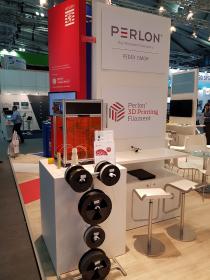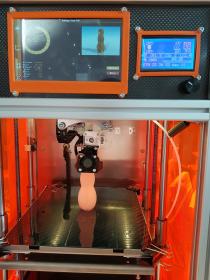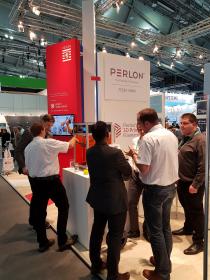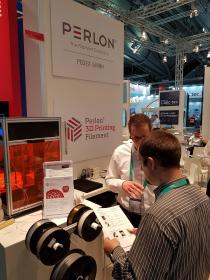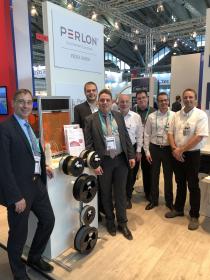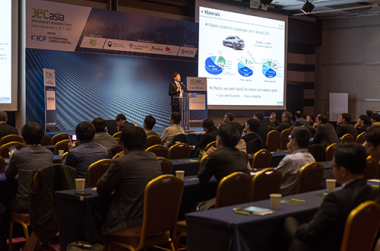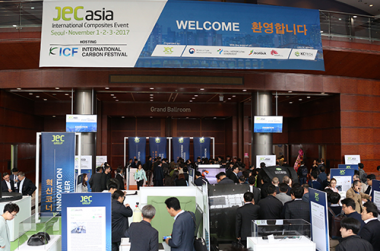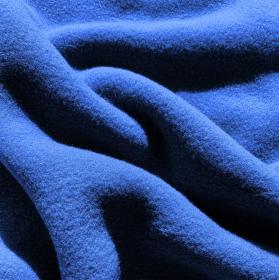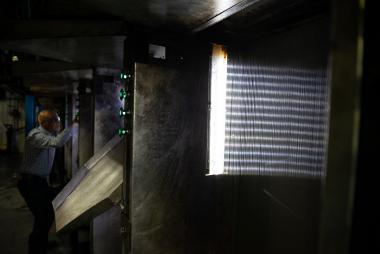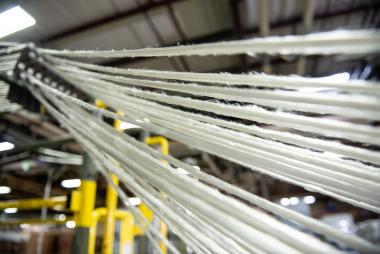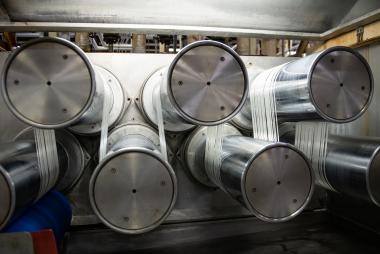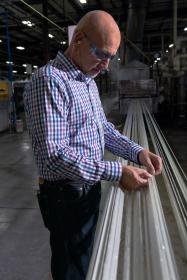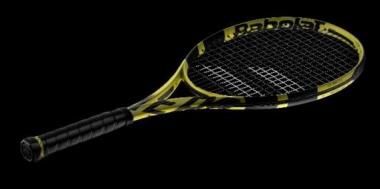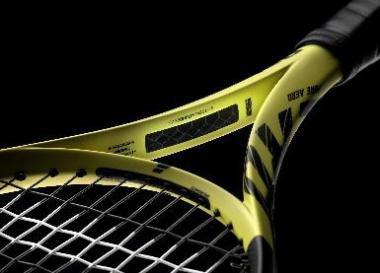“mtex+” textile fair & convention raises profile and increases international appeal
- 8th edition to be held as the “Fair & Convention for Hightech Textiles” at the Carlowitz Congresscenter Chemnitz for the first time on 9 – 10 June 2020 – Textile themes from the LiMA exhibition for lightweight design are being integrated in the new format
The “mtex+” is raising its profile and is moving to an attractive setting. The 8th edition of the international exhibition entitled “Fair & Convention for Hightech Textiles” will be held in the new Carlowitz Congresscenter at the heart of Chemnitz for the first time on 9 and 10 June 2020.
“The “mtex+” is a trade event that experts from various sectors greatly appreciate on account of its emphasis on dialogue and in-depth contacts – and because everything is on the spot. The modern, exciting ambiance at the new venue facilitates our desire to create the best possible atmosphere for cooperation in a trusting environment,” Dr Ralf Schulze, Managing Director of C3 GmbH, the organising company, explains. “In its future form, the “mtex+” will act as a source of ideas and inspiration for developers and manufacturers as well as for users of all kinds of high-tech textiles, specifically including composites, to a greater degree than in the past. Textile composite materials are becoming increasingly important for many processors. That’s the reason why we’re transferring the textile themes of the LiMA lightweight design exhibition, which has been held alongside the “mtex+” in the past, into our new trade fair format. Lightweight textile design in all its facets will be one of the major emphases at the “mtex+”.”
The major topics covered by the 8th “mtex+” will include process development, textile engineering, digitalised value-added chains, services with potential for use across different sectors as well as recycling. The highlights of the programme will include workshops on effective and sustainable production, smart textiles, acoustic textiles, a special exhibition on health and protective textiles as well as an entertaining network evening entitled “Excellent connections”.
The North-Eastern German Textile and Clothing Industry Association (vti) believes that this concept exactly matches the needs of its target audience. “Chemnitz is located at the heart of the Central German industrial and research region, which is developing with great dynamism,” says vti Managing Director, Dr.-Ing. Jenz Otto. “Any firm that presents its products and services here will find itself in a very interesting market. Located not far from the border with the Czech Republic and Poland, the “mtex+” will also act as a dialogue forum for potential cooperation partners across sector and international boundaries, both for these and other Eastern European countries.”
The “mtex+” will continue to be held in Central Germany’s industrial city of Chemnitz every two years in future too. 159 exhibitors from seven different countries (in conjunction with the LiMA lightweight design exhibition) attended the 7th edition in the spring of 2018. 22 percent of the approx. 1,000 trade visitors came from abroad.
mtex
vti-pressedienst mtex+ press service


